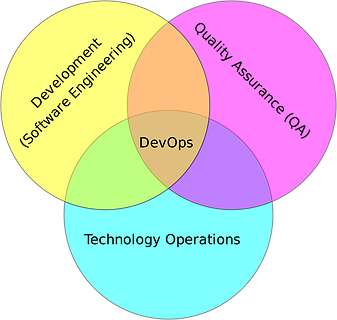
Although the term DevOps originated in 2009, in 2015 it hit an all time high in popularity. Organizations of all sizes shifted focus towards DevOps so they could make the claim that they were operating a DevOps environment and thus claim they were faster to market with their releases. Sound familiar? Think back to the following shifts in software development:
- 1960s – Systems Development Life Cycle (SDLC)
- 2005 – Agile software development
- 2008 – IT Governance and Business/IT Alignment
- 2015 – DevOps
Some shifts in technology architecture really do move the needle, think lower costs for computing power and storage, however many leave much to be desired other than slick marketing buzz and a “me too” syndrome. The old adage of “People, Process, and Technology,” still applies to all past and future technology frameworks as the triple constraints of Scope, Schedule, and Cost apply to Project Management.
When thinking about the latest trend in IT, applying the People, Process, Technology framework can put things in perspective for your organization. While some of the concepts may apply to your organization, many may not. Getting value out of the latest trend means finding where your organization can benefit from pieces of the new trend. Implementing 100% of the latest trend will not automatically benefit your organization. Instead, you will likely find yourself championing a cause that no one is behind, causing extra rework for yourself and others to get things back on track. Similar to Agile, the emphasis on DevOps comes out of a desire to release quality software in quicker iterations. However, DevOps focuses on the actual release process of getting software in production whereas Agile focuses on the process of getting requirements to a development team.
This is the first introductory piece in an upcoming series analyzing DevOps through the People, Process, and Technology framework. This framework stands the test of time and will help in evaluating the next trend and its applicability to your organization as it comes down the pipe.